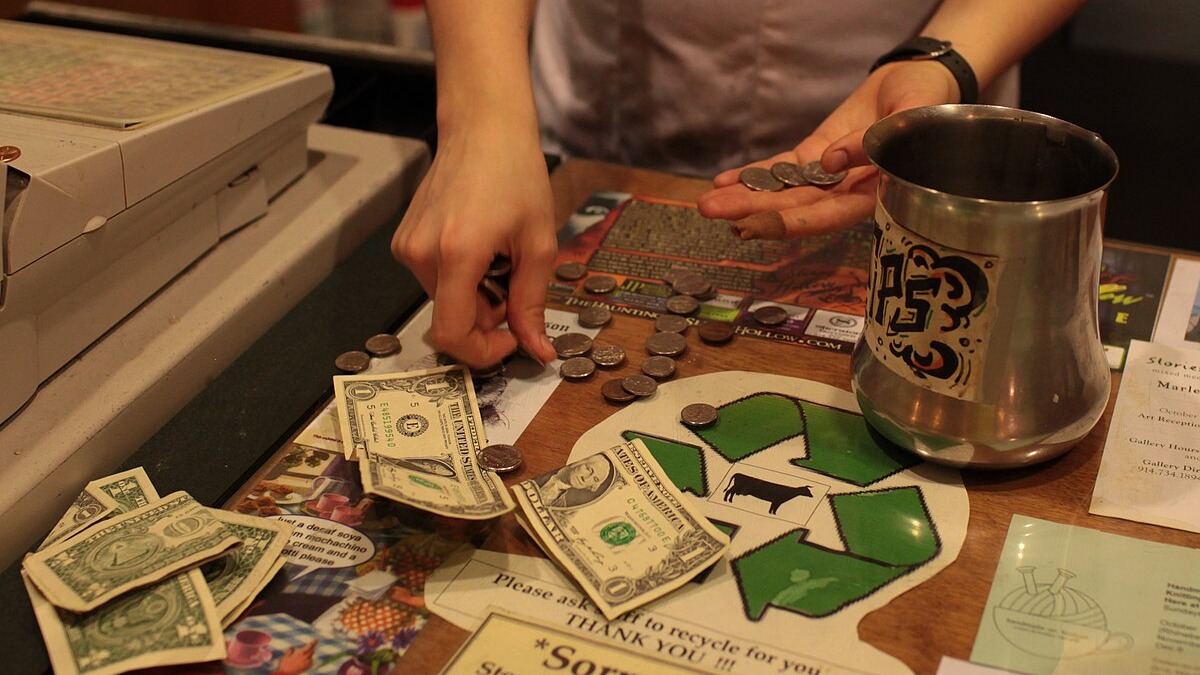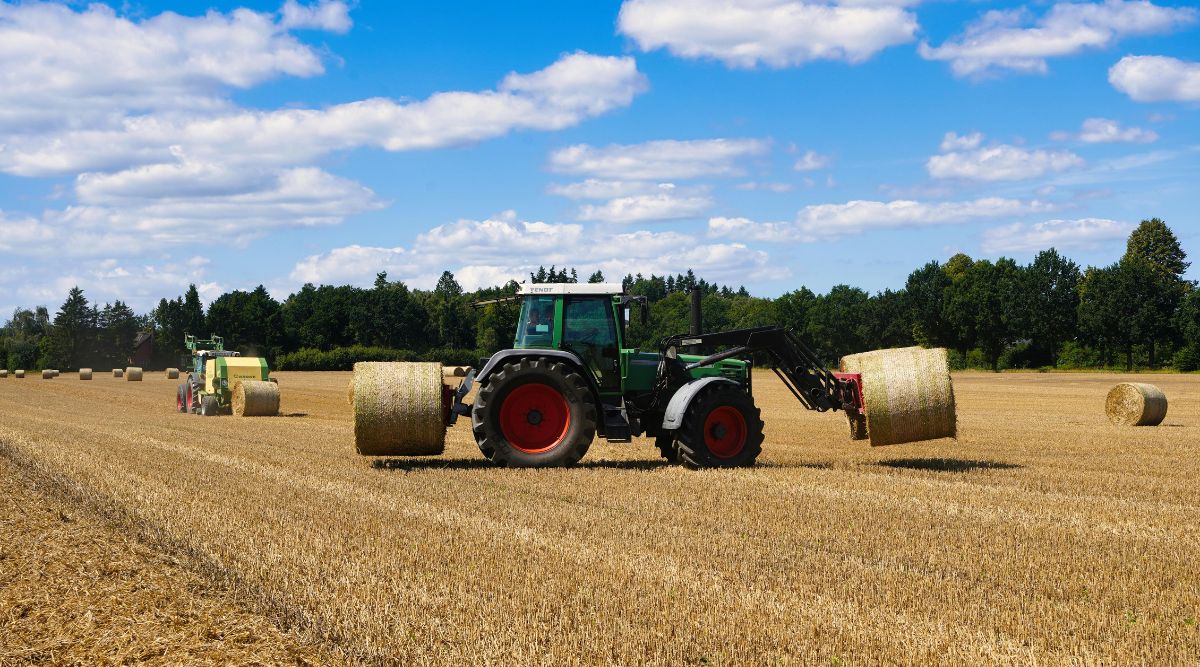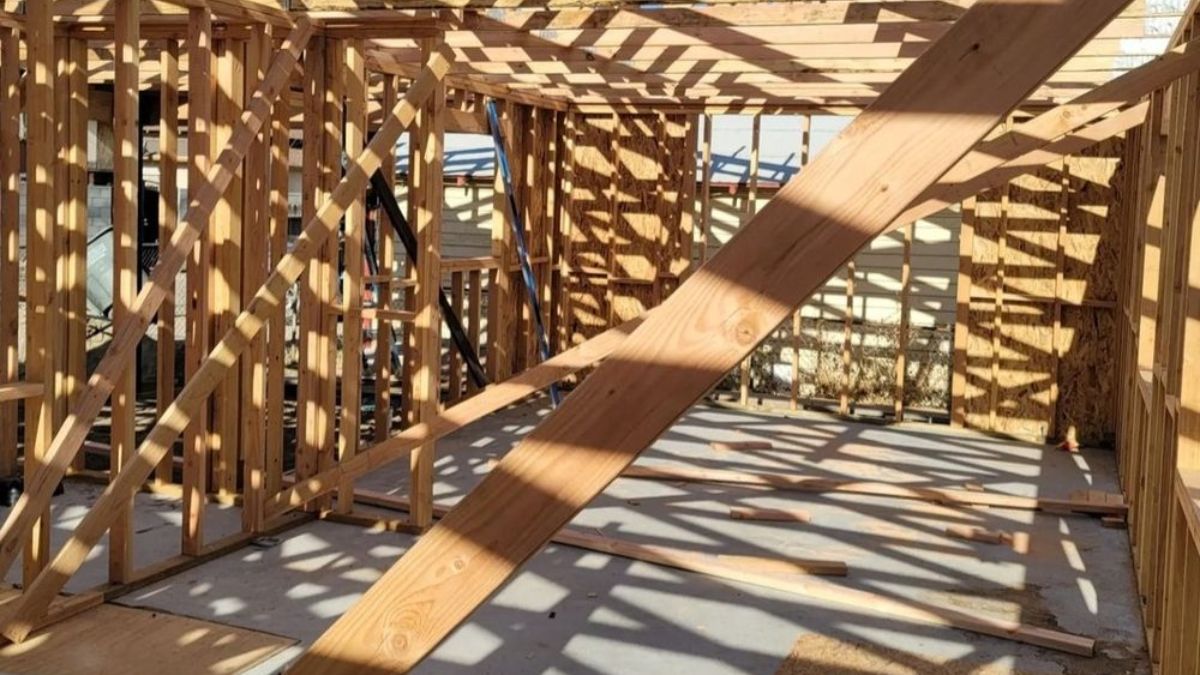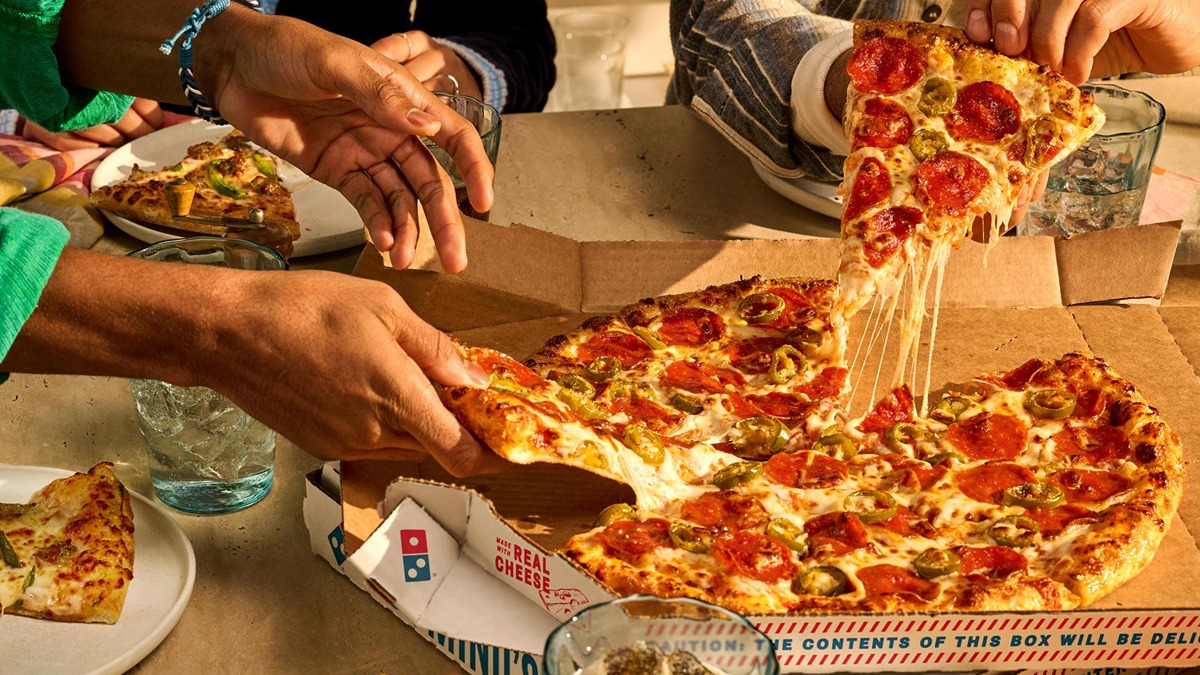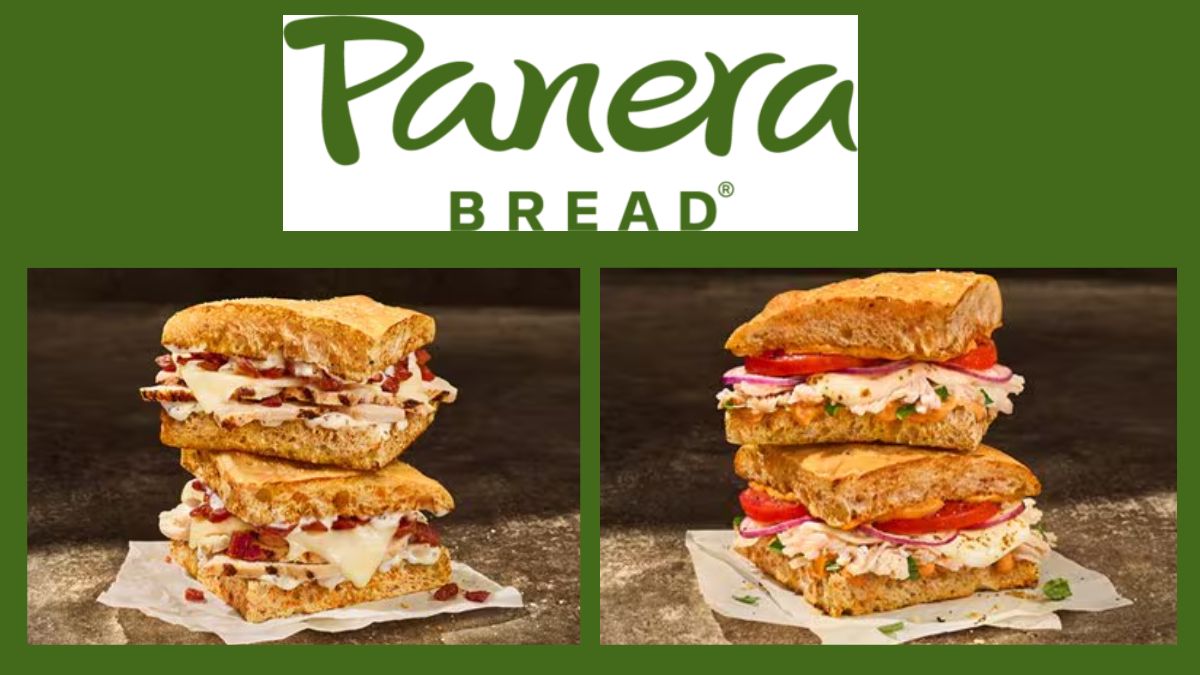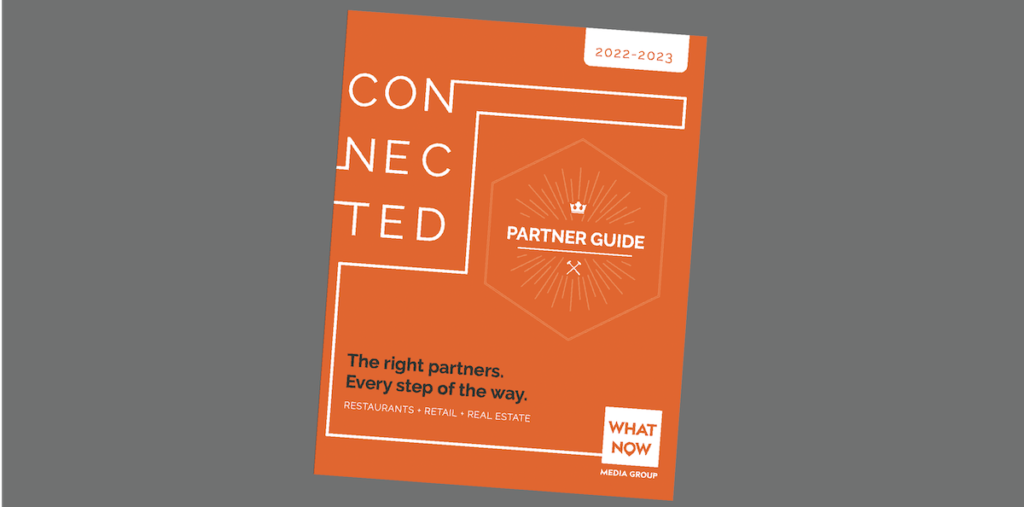A new study sheds light on how U.S. consumers feel about tipping right now. The report highlights growing frustration among consumers over how tipping has evolved. While tipping once reflected genuine gratitude, many consumers now say they tip out of guilt rather than goodwill.
New Study Reveals Tipflation and Fatigue Emerging from the Tipping Culture
Tipping has long been a hallmark of American dining culture, but what was once voluntary has become an expectation. However, this is now turning into something forceful, and instead of a sign of gratitude, it has become an obligation. The result is mounting pressure on consumers, even for everyday services.
According to PRNewswire, a study conducted by Popmenu and based on responses from 1,000 U.S. consumers, explores how attitudes toward tipping are shifting. The number of consumers expressing frustration with tipping has climbed compared to previous years.
Customers aren’t just frustrated; they often feel pressured to tip when digital payment screens suggest gratuity. Many admit they tip regardless of service quality, often out of sympathy for workers or to avoid appearing stingy.
Tipping Becomes an Obligation Rather than Gratuity
Earlier, tipping was a sign of gratuity for the good service offered. However, recent restaurant tipping trends have changed this culture. Although tipping rates have climbed in recent years, frustration among consumers continues to build.
With tipping becoming an obligation for consumers to follow in order not to look cheap, it has gone overboard. Today, consumers are expected to tip everywhere, from restaurants and salons to ride-share apps, grocery deliveries, hotels, and even auto repair shops. Tipping is now digging deeper into the pockets of consumers who have to do it several times within a week.
The Future of Tipping in the U.S.
As tipflation spreads, tipping is becoming expected in places where it wasn’t customary before. Tipping trends may be improving for restaurant staff, but workers who depend on gratuities could face challenges ahead. As the pressure continues to grow stronger among consumers, there is a possibility that this income will have negative effects on earning potential in the long term.

